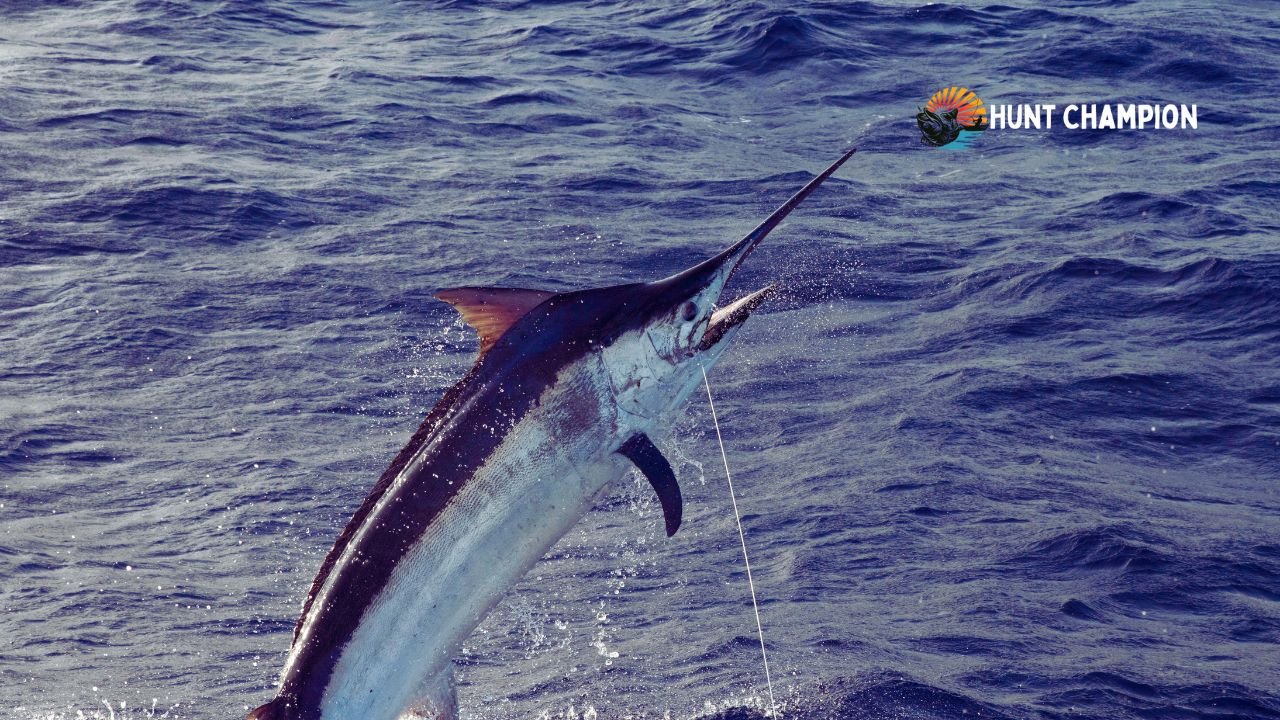We get asked a lot about “What is a Fishing Leader” and why is it used. What cases do we really need one and in which cases do they don’t need one.
Let’s start by covering that in this article so we can just jump right into it. A leader is basically the line in between your lure and the hook and then the main line. Let’s talk about you. When it comes to choosing between a leader and a non-leader, you should choose the one that works best for you. and I am going to explain every single detail.
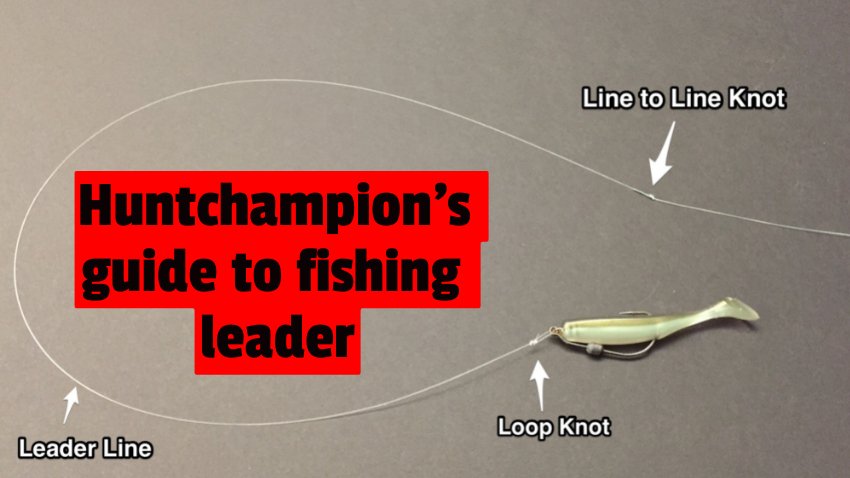
You may have seen fishing leaders used before by other fishermen. you may have thought… What’s the point of tying on another piece of fishing line to the end of the main one? Wouldn’t it just be easier if you attached the hook to the main fishing line. The answer to this question is if you really want a successful fishing trip, then you’d better be prepared for the worst case scenario.
A fishing leader is one of the most underrated pieces of gear out there. They are often the most expensive piece of equipment on your boat, yet they are often the least used. A good quality leader can improve your catch rate by up to 50%.
Fishing leaders reduce visibility in the water and help prevent broken lines. If you don’t know how to properly use a leader, it could end up being the reason why you come home without a single fish.
What is a fishing leader?
A fishing leader is the line that connects your bait to the hook. It’s usually made of monofilament, but you can also use nylon or fluorocarbon. The leader should be long enough so that it doesn’t tangle with itself when you cast and retrieve your lure.
You want to keep the leader as short as possible because if it gets tangled in weeds or brush, you’ll have to cut off the end where the knot is tied.
What is the best fishing leader?
The following are the best top to fishing leader according to me.
KastKing DuraBlend Monofilament
This is an extremely strong, super tough, abrasion resistant leader material. It has a unique combination of qualities that make it ideal for fishing applications. Click on the image to check prices

Scotank Fishing Leaders
This is an amazing choice as well:

What size leader do I need?
The rule of thumb is to make sure that the leader is at least twice as long as the distance between your rod tip and reel seat. So if you’re using a 6 foot rod, then your leader needs to be 8 to 12 feet or more. This table might help you understand things better:
| Leader Length | Casting | Trolling | Bottom Fishing | Live Bait | Power Fishing | Finesse Fishing | Fishing In Cover |
| Short | Moderate | Poor | Poor | Poor | Excellent | Poor | Excellent |
| Medium | Excellent | Excellent | Excellent | Moderate | Excellent | Moderate | Moderate |
| Long | Poor | Excellent | Moderate | Excellent | Poor | Excellent | Poor |
Leaders vary depending on the type of fishing and the conditions, but usually range from six to twelve feet long. To get started, use a nine foot tapered leader. For spooky fish, add a few inches of tippet and extend that out to twelve feet or so.
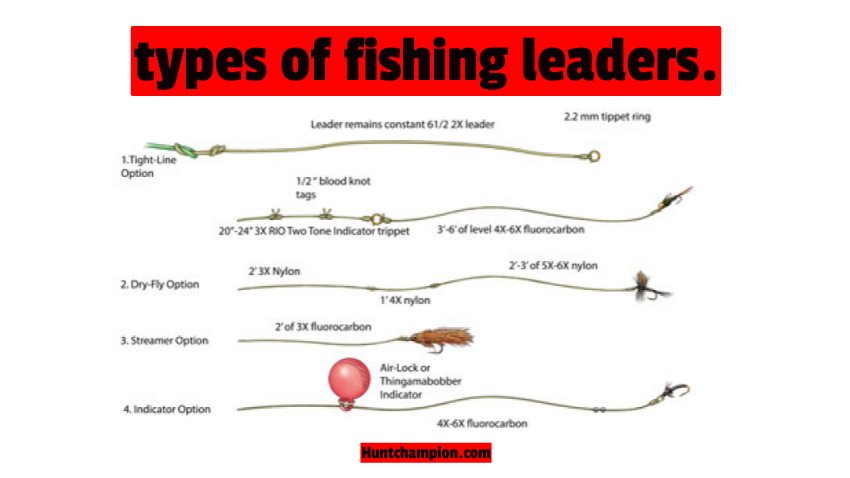
Types of fishing leaders.
The first type is the “bobber” leader, which has a single hook and a bobber that floats on top of the water. The second type is called the “floater,” which has two hooks and a floating line between them. The third type is called the “dropper.” This style of leader allows you to drop your bait into the water without having to worry about getting snagged on underwater objects.
Fishing leaders are the things that connect the line to the hook. There are many different types of fishing leaders, each suited for their own purpose. Here we’ll discuss some of the most popular and useful ones.
1 Fishing Leaders – Baitcasting
Baitcasting leaders are designed specifically for baitcasting reels. These are the most commonly used type of leader among anglers. They have a long shank that helps keep them tangle-free while casting. They’re also great for tying knots since they have a larger diameter than others.
2 Casting Leaders
Casting leaders are designed for fly rods. They have a shorter length and smaller diameter than baitcasting leaders. They’re ideal for short casts and tight spaces.
3 Spinning Leaders
Spinning leaders are similar to casting leaders, except they spin instead of cast. They’re best for spinning reels and are often used with spinning tackle.
4 Trolling Leaders
Trolling leaders are designed for trolling reels. They have a longer length and thicker diameter than casting and spinner leaders. They’re perfect for deep water fishing and heavy lures.
5 Fly Rod Leaders
Fly rod leaders are designed for fly fishing. They have a thinner diameter and shorter length than casting and spinnerleaders. They’re good for small flies and delicate presentations.
6 Jigging Leaders
Jigging leaders are designed for jigs. They have a thick diameter and longer length than any other kind of leader. They’re great for big fish and deep holes.
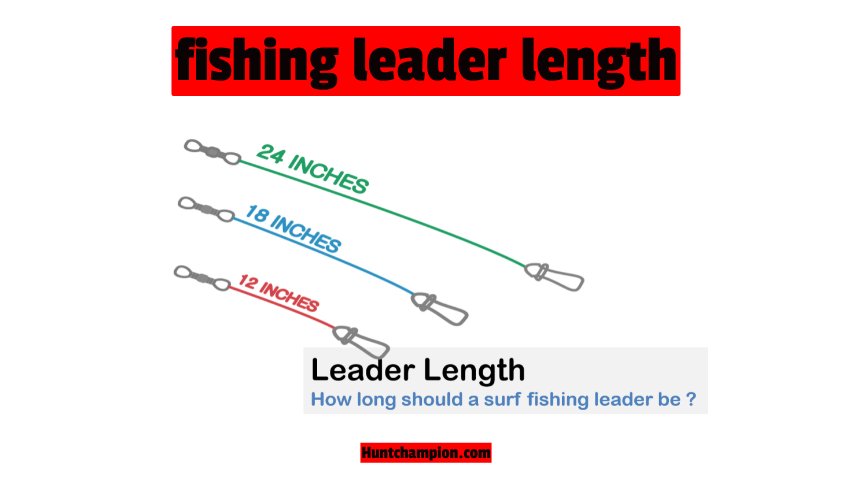
What Is A Leader Line In Fly Fishing?
A leader line is a long piece of string used by anglers to help them cast Fly fishing leaders have often neglected important aspects of their equipment. Fly lines are designed for simplicity, but they provide an important connection between your line and your rod that allows you to catch more fish.
There are many different types of fishing leaders, including different sizes, lengths (known as tippets), and shapes. You might want to consider using a shorter or longer fishing line depending on what you’re trying to catch, the type of bait you’re using, the weather, and so forth.
The best option is not to buy just one type of leader but rather to get several types of leaders in different sizes for various conditions.
Why do I need a fishing leader?
There are many reasons why you would need a fishing leader. One of the biggest problems that anglers face is tangling their lines. When you cast and retrieve your lures, you will inevitably get some slack in your line. If you don’t pay attention to what you’re doing, you might accidentally pull your entire rig overboard. In addition to that, you risk losing your bait or even worse, your whole day’s worth of work.
If you tie your own knots, you run the risk of breaking your line. That means you’ll have to spend time repairing it instead of catching fish. Fishing leaders eliminate these risks.
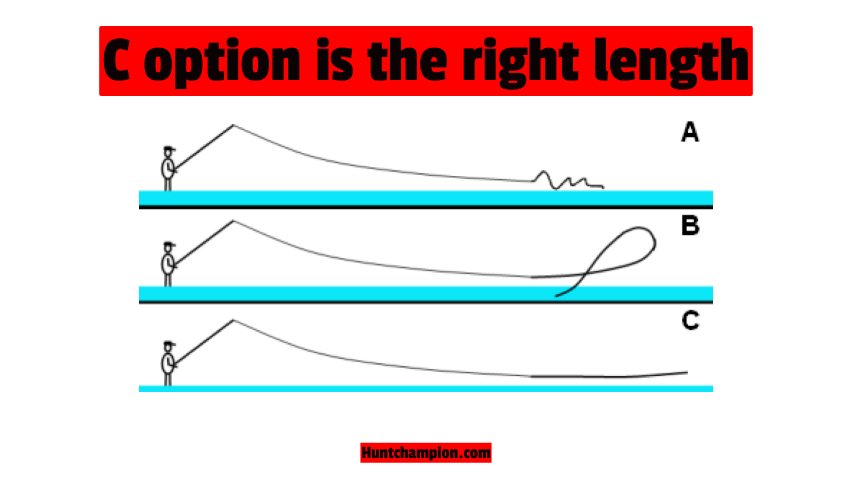
what is fishing leader holder
The best way to keep your line from tangling and getting snagged on the bottom of a lake or river. Fishing leaders are made of strong, durable nylon with an elastic band that holds them in place on your reel. They’re easy to use and can be used for any type of fishing equipment.
how to tie fishing line to leader
Tying knots is a necessary part of tying fishing lines together. Here’s a quick guide to learn how to tie a knot properly.
1. Start With a Square Knot
This is the easiest knot to master. To make a square knot, first fold the end of the rope over itself so that it forms a loop. Next, bring the ends of the rope back around the center of the loop and pull tight.
2. Add a Half Hitch
Next, wrap the loose end of the rope around the middle of the loop twice. Pull the rope taut and tighten the half hitch.
3. Finish With a Clove Hitch
Now, finish the knot by wrapping the loose end of the line around the middle of the rope four times. Pull the rope tight and tighten the clove hitch.
shock leader for surf fishing
how to make a fishing leader
Fishing leaders are used when you’re casting out a line. They attach to the end of your line and prevent the hook from getting snagged on anything. Here’s a step-by-step guide to making a fishing leader:
1. Choose a Material
Leaders come in different materials, including plastic, nylon, and stainless steel. Each material has its advantages and disadvantages. For instance, plastic leaders tend to break easier than nylon leaders, but they also last longer. Stainless steel leaders are strong and durable, but they may rust over time.
2. Cut the Leader
Cutting the leader is the first step in creating a leader. To cut the leader, you’ll need a pair of scissors and some string.
First, tie a knot in the middle of the string. Next, wrap the string around the leader so that the knot is near the tip of the leader. Now, hold the leader between your fingers and cut along the length of the leader.
3. Attach the Knot
After cutting the leader, you’ll want to attach the knot to the end of the line. To do this, tie another knot in the middle of your line. Then, thread the leader onto the line. Finally, pull the knots tight until they’re snug.
4. Test the Leader
Once you’ve finished making the leader, test it to ensure that it’s secure. Hold the leader under water and try to pull it straight out of the water. If it breaks easily, you may need to re-cut the leader.
why use a leader when fishing?
I have been thinking about this for some time now and I am not sure if it is the right way to go. I fish with my dad, he has fished all his life and we are both pretty good at it but there are times where I feel like I could be doing better than him. He uses a leader and I don’t know why. The only thing that comes to mind is that he doesn’t trust me enough to let me catch anything without one.
How to attach wire leader to fishing line?
Wire leaders are used when tying knots in fishing lines. They come in different sizes and colors depending on the type of knot being tied. Wire leaders also serve another purpose; they prevent the knot from slipping out of place during casting.
Here’s a step-by-step guide to attaching a wire leader to a fishing line:
1. Select the Right Size Leader
Selecting the right size wire leader depends on the type of knot you’re tying. For example, if you’re tying a double loop knot, then select a leader that’s twice the length of the distance between the loops.
2. Tie the Knot
Tying a knot involves wrapping the end of the leader around itself several times until it forms a circle. Once you’ve wrapped the leader around itself, cut the excess leader away.
3. Attach the Leader to the Fishing Line
Attach the leader to the fishing line by sliding it over the eye of the hook. Pull the leader taut so that it doesn’t slip off the hook.
4. Repeat Steps 1–3 for Other Leaders
Repeat these steps for all the other leaders needed for your project.
Best leader line for saltwater fishing.
The new KastKing DuraBlend Monofilament is designed to be the ultimate in performance and reliability, with a wide range of features that will make you want to use them every day. The KastKing DuraBlend Monofilament has been developed from the ground up using Kastking’s latest technology and materials, giving you an unparalleled level of quality and performance.


